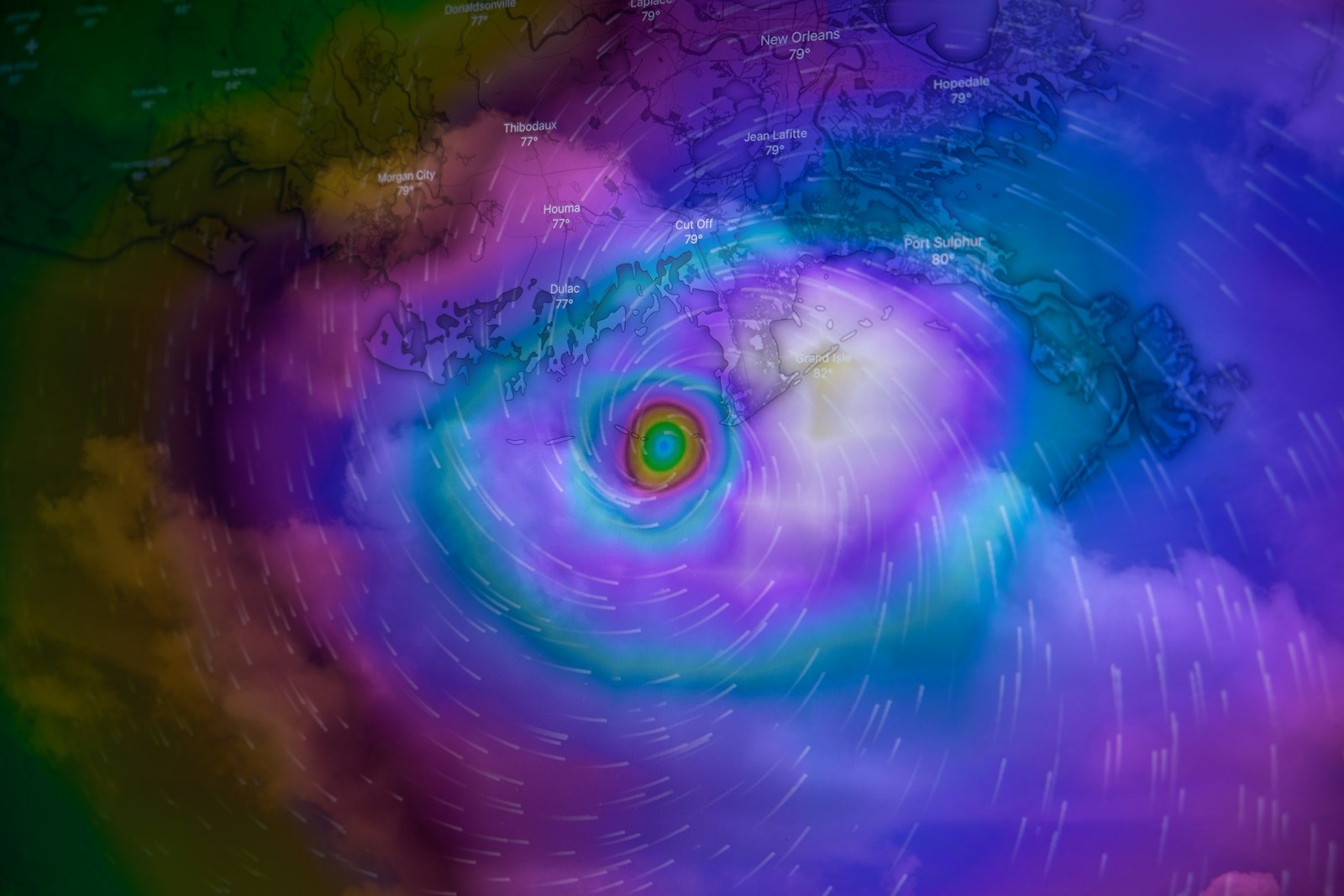Table of Contents
ToggleIntroduction:
In the face of rapidly changing global environmental conditions, there is a growing recognition of the importance of collective international action. Multilateral environmental agreements (MEAs) play a crucial role in addressing environmental problems that transcend national boundaries, such as climate change, loss of biodiversity, and transboundary air and water pollution. Over the past few decades, the international community has made significant efforts to address these environmental challenges through a variety of multilateral environmental agreements.
What are Multilateral Environmental Agreements (MEAs)?
Multilateral environmental agreements are legally binding international treaties that establish obligations and commitments for the preservation, protection, and enhancement of the natural environment. MEAs provide a framework for countries to work together to address shared environmental concerns, such as reducing greenhouse gas emissions, conserving biodiversity, and preventing the spread of hazardous chemicals.
Importance of MEAs for the Environment
MEAs are a vital tool for the protection and preservation of the environment. They provide a legal framework for cooperation and coordination among countries, ensuring that efforts to address environmental problems are not undermined by individual actions. Additionally, MEAs help to ensure that countries work together to find solutions to global environmental challenges, and that they are held accountable for their environmental commitments.

Types of MEAs
MEAs cover a wide range of environmental issues, including climate change, biodiversity conservation, desertification, and the elimination of persistent organic pollutants. Some of the most significant MEAs include:
- The United Nations Framework Convention on Climate Change (UNFCCC), which sets the foundation for international action on climate change, including the Paris Agreement.
- The Convention on Biological Diversity (CBD), which seeks to conserve biodiversity and the sustainable use of its components.
- The Stockholm Convention on Persistent Organic Pollutants (POPs), which aims to eliminate or restrict the production and use of highly toxic chemicals.
- The Convention to Combat Desertification (CCD), which seeks to address the problem of desertification and land degradation in developing countries.
Implementation and Enforcement of MEAs
The implementation and enforcement of MEAs are essential for their effectiveness. MEAs establish mechanisms for monitoring and reporting on the implementation of environmental commitments, and for resolving disputes among parties. Additionally, some MEAs have provisions for financial and technical assistance to help countries implement their commitments.
Challenges in Implementing MEAs
Despite the important role that MEAs play in addressing environmental problems, there are still many challenges in implementing and enforcing these agreements. Some of the most significant challenges include:
- Lack of resources: Implementing MEAs requires significant financial and technical resources, and many countries, particularly in the developing world, lack the capacity to implement their commitments.
- Different levels of commitment: Different countries have different levels of commitment to environmental protection, and this can lead to conflicting interests and challenges in implementing MEAs.
- Limited enforcement mechanisms: While MEAs establish obligations and commitments, there are often limited mechanisms for enforcing these commitments.
The Role of Civil Society in Implementing MEAs
Civil society organizations, including environmental groups, can play an important role in ensuring that MEAs are implemented effectively. They can monitor the implementation of environmental commitments, advocate for stronger environmental protection measures, and provide technical and financial assistance to help countries implement their commitments.
Additionally, civil society organizations can raise public awareness about environmental issues and the importance of MEAs. They can engage with decision-makers, including national governments and international organizations, to promote the implementation of environmental commitments and to hold them accountable.
The Future of Multilateral Environmental Agreements
The future of multilateral environmental agreements is uncertain, as the world faces an array of environmental challenges, including climate change, loss of biodiversity, and growing concerns about the impact of human activities on the natural environment.However, the international community has made significant progress in addressing these challenges, and there is growing recognition of the importance of collective international action. In the coming years, it will be critical to continue to build on this progress, strengthening existing MEAs and developing new agreements to address emerging environmental challenges.
The Need for Strong and Effective Multilateral Environmental Agreements
The need for strong and effective multilateral environmental agreements has never been greater. Climate change, loss of biodiversity, and other environmental problems pose serious threats to the planet, and require collective international action to address.MEAs provide a framework for international cooperation and coordination, and help to ensure that countries are held accountable for their environmental commitments. Strengthening and enhancing existing MEAs, and developing new agreements to address emerging environmental challenges, will be critical to ensure that the planet is protected for future generations.
Conclusion:
Multilateral environmental agreements play a crucial role in addressing global environmental problems, providing a framework for international cooperation and coordination, and helping to ensure that countries are held accountable for their environmental commitments. The future of these agreements is uncertain, as the world faces an array of environmental challenges, but continued efforts to strengthen and enhance existing MEAs, and to develop new agreements to address emerging environmental challenges, will be critical to ensuring the health and well-being of the planet. Civil society organizations, including environmental groups, can play an important role in ensuring that MEAs are implemented effectively, by monitoring their implementation, advocating for stronger environmental protection measures, and raising public awareness about environmental issues.








1 thought on “Multilateral Agreements on Environment: Understanding the Importance and Impact”
Pingback: World Conferences on Environment: Shaping the Future of Our Planet - Sustainability Awakening